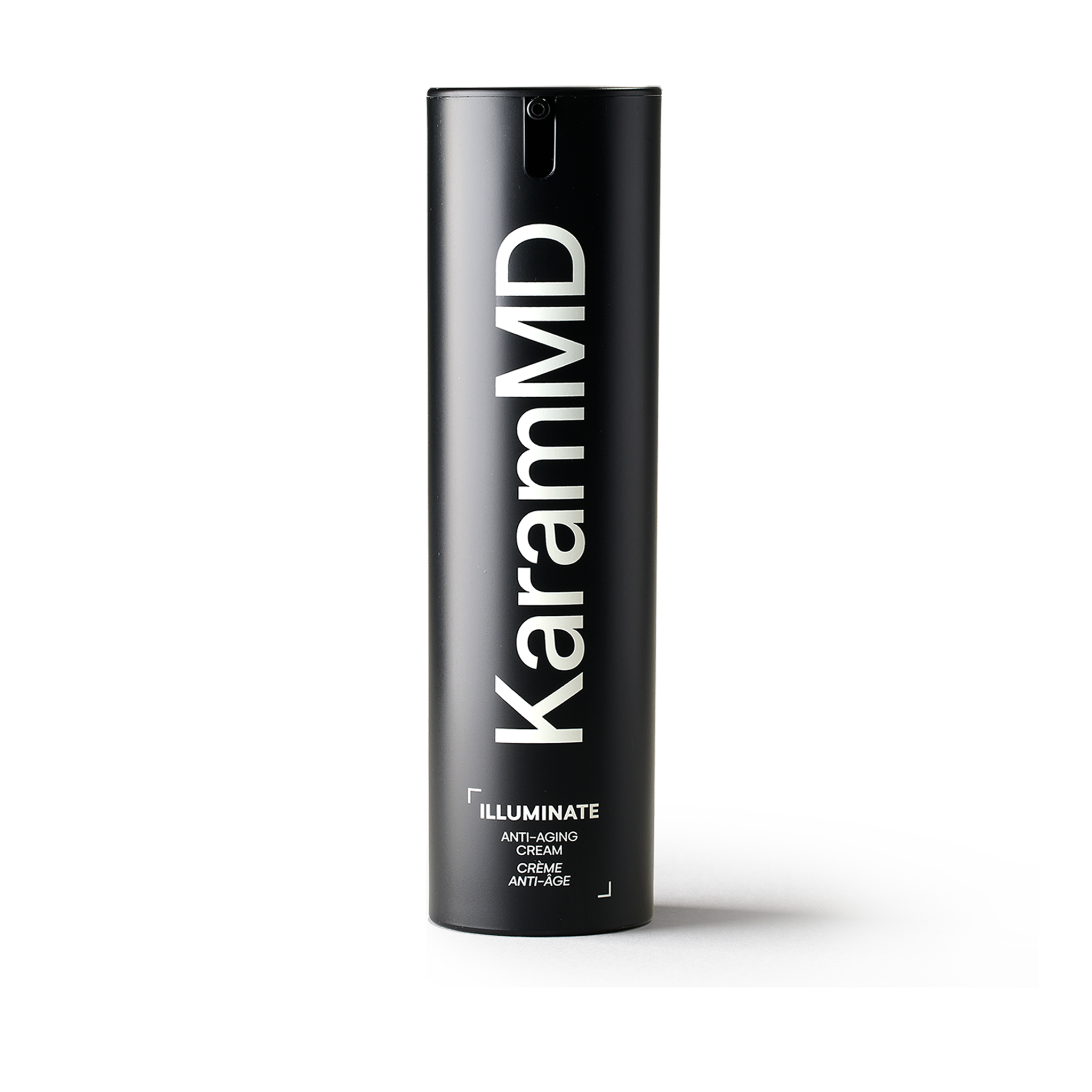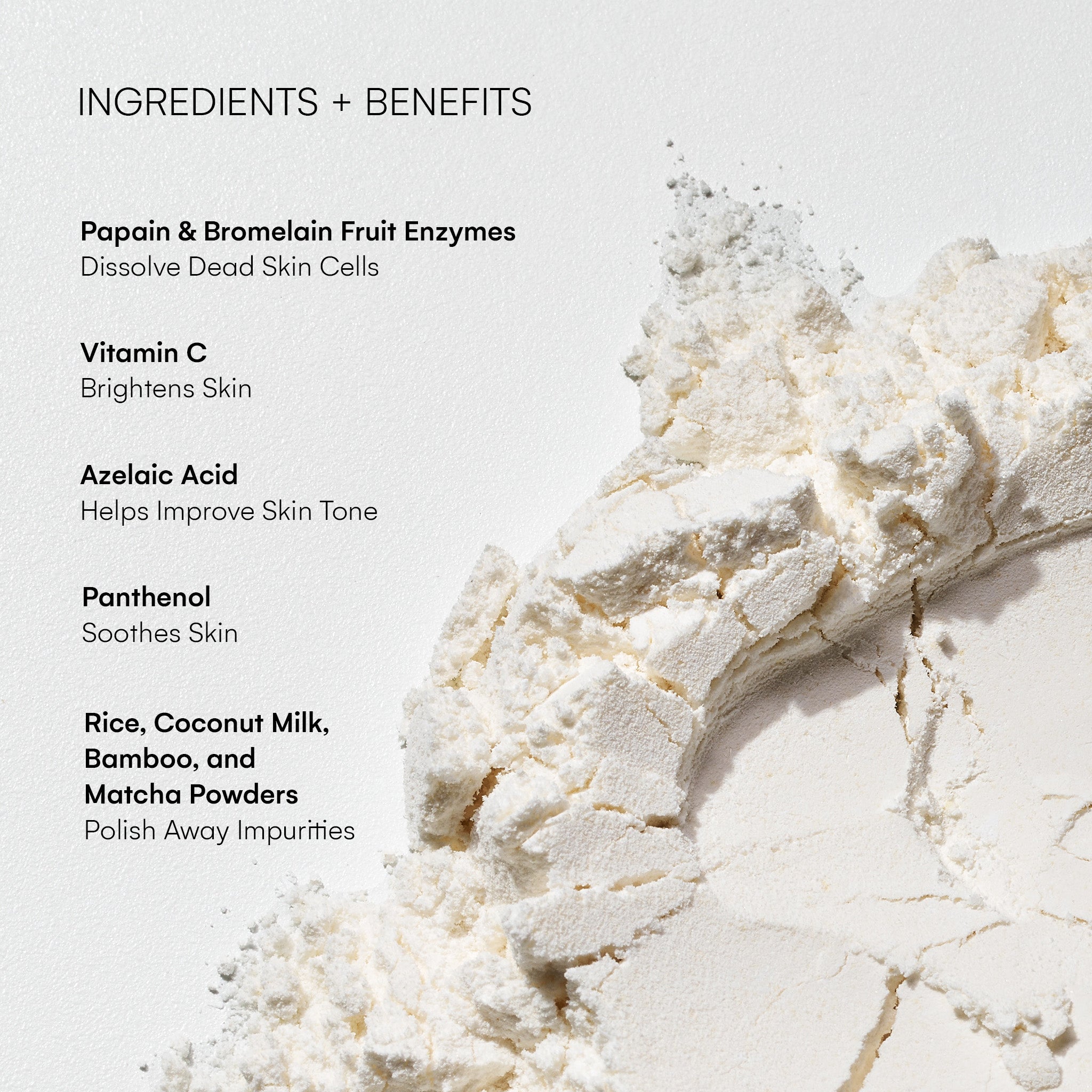Although my primary focus is surgical facial rejuvenation, my practice offers a variety of non-surgical skin rejuvenation treatments as well. I often recommend these skin treatments alongside my Vertical Restore to complement the surgical results, as these cosmetic rejuvenation treatments improve the quality of the skin, while surgery addresses structural changes, like sagging and facial shape.
These are two distinct aspects of facial aging that work together—surgery can restore face shape, but can not change the appearance of the skin itself, and skincare / in-office treatments can have profound effects on how youthful your skin looks, but will not correct laxity and sagging.
Minimally invasive treatments, such as laser resurfacing, microneedling, and chemical peels can boost your body’s collagen production to tackle fine lines and wrinkles, fight pigmentation and discoloration for a more balanced skin tone, and address other signs of aging like smoothing skin texture or improving skin elasticity.
While these treatments enhance your long-term skin health, achieving optimal results doesn’t end when you leave the office—it requires a thoughtfully planned post-treatment skincare routine that is essential to promote healing and maintain the refreshed appearance achieved by these procedures.
Today I wanted to share some important skincare advice for post-treatment, so you can confidently care for your skin in the days that follow, and get the most out of your rejuvenation journey.




























6 comments
Ana M
I have been battling Melasma here in Florida for years. I finally got it maintained but want clearer glowy skin as I turn 45 this year. Through the recommendation of two dermatologist (my regular dem for skin cancer checks and derm at MedSpa) I started Tri-Luma and was looking forward to a Halo laser treatment in one month. Two weeks in I think the pigmentation may be getting worse. Not sure what to do and now I am scared of doing Halo and making the melasma even worse. Thoughts? I am at a loss.
———
KaramMD Skin replied:
Hi Ana—Thanks for your comment! It’s understandable to feel concerned when your skin reacts unexpectedly. Be sure to check in with your dermatologist about any changes, and continue prioritizing sun protection, gentle skincare, and hydration. You’re doing a great job caring for your skin, and taking it step by step is the best approach.
Nancy
I am having laser resurfacing and fat transfer in early April. What is a reasonable healing time before I can return to using Trifecta?
———
KaramMD Skin replied:
Hi Nancy—Thanks for your comment! For optimal results and to ensure proper healing, we recommend waiting until your skin has fully healed from both the laser resurfacing and fat transfer before resuming any skincare routine like Trifecta. Typically, this could take about 4-6 weeks, but it can vary depending on your skin’s specific needs and how your healing process progresses. Once you’re fully healed, you can gradually reintroduce Trifecta into your routine. However, it’s always best to consult with your surgeon for personalized advice based on your treatment.
Carmen González
What chem peel do you recommend for soon to be 74,skin worshiper..a routine a must,but just want a more fresher skin. In Texas……
Best,
Charms
———
KaramMD Skin replied:
Hi Carmen—Thank you for reading the Journal and for taking the time to ask your question. We hope the information here will be helpful not only for you but also for anyone else wondering about the same topic.
When it comes to choosing the right chemical peel, it’s important to remember that the ideal type varies for each person, depending on factors like your skin type, previous experiences with treatments, and your current skincare routine. If this is your first chemical peel, starting with a light or medium peel is often a good option.
We recommend consulting with a reputable dermatologist or skincare provider to receive personalized advice based on your skin’s specific needs. Once you see how your skin responds to a lighter peel, you can decide whether to gradually increase the intensity of future treatments, according to your preferences and goals.
We hope this helps!
Jennifer Loria
Thank you for consistently providing quality skin health education! As a cosmetic rejuvenation specialist in the Portland area, I often turn to your content for guidance on relaying information to my clients. I appreciate how you break down complex topics into easy-to-understand tips that my clients can actually implement in their home care routines. Your work makes a real difference!
Norma Felix
Love your products!
Looking forward to seeing Dr. Karam in the near future.
Leave a comment
All comments are moderated before being published.
This site is protected by hCaptcha and the hCaptcha Privacy Policy and Terms of Service apply.